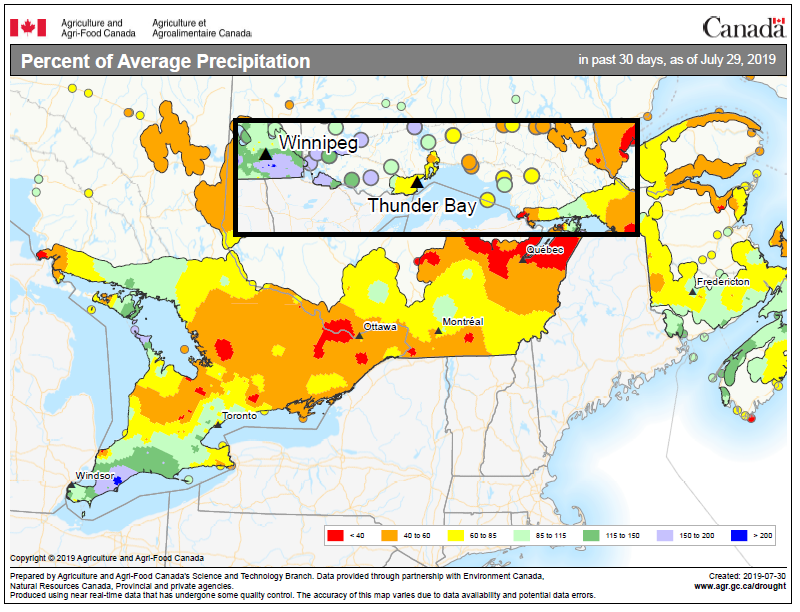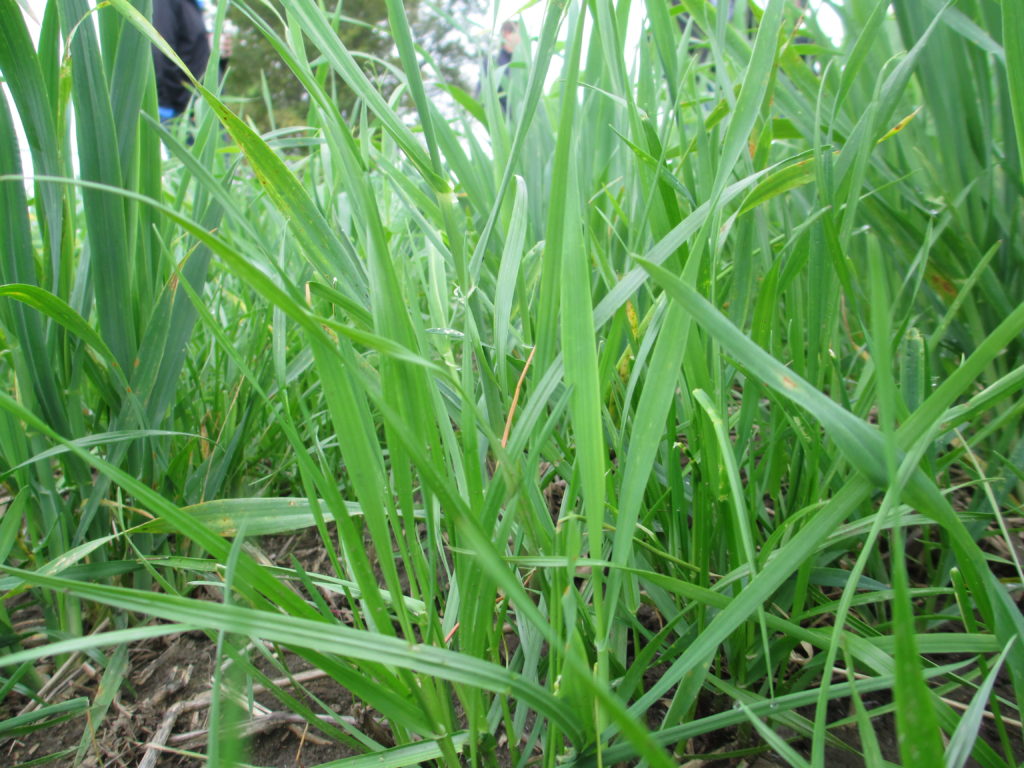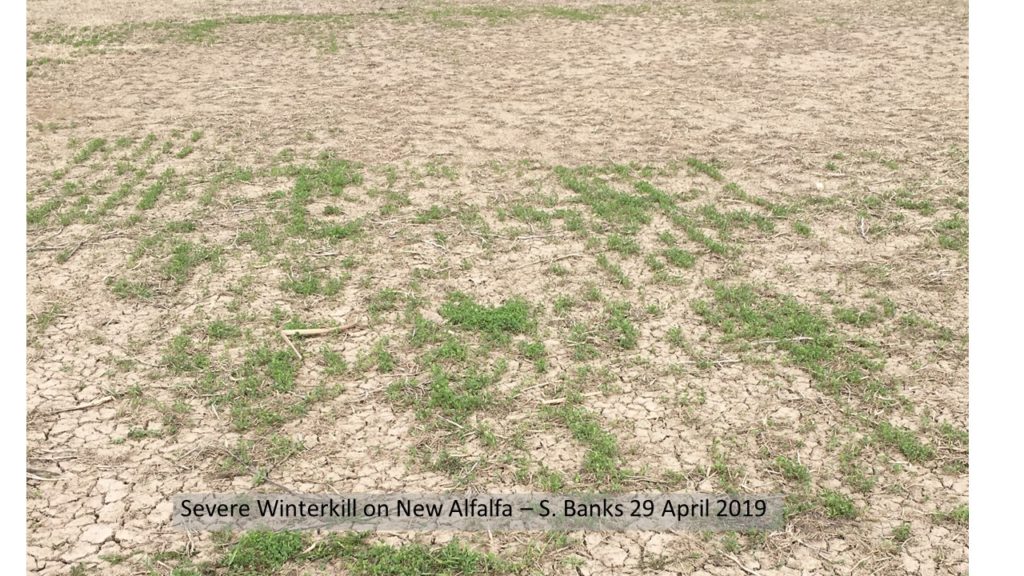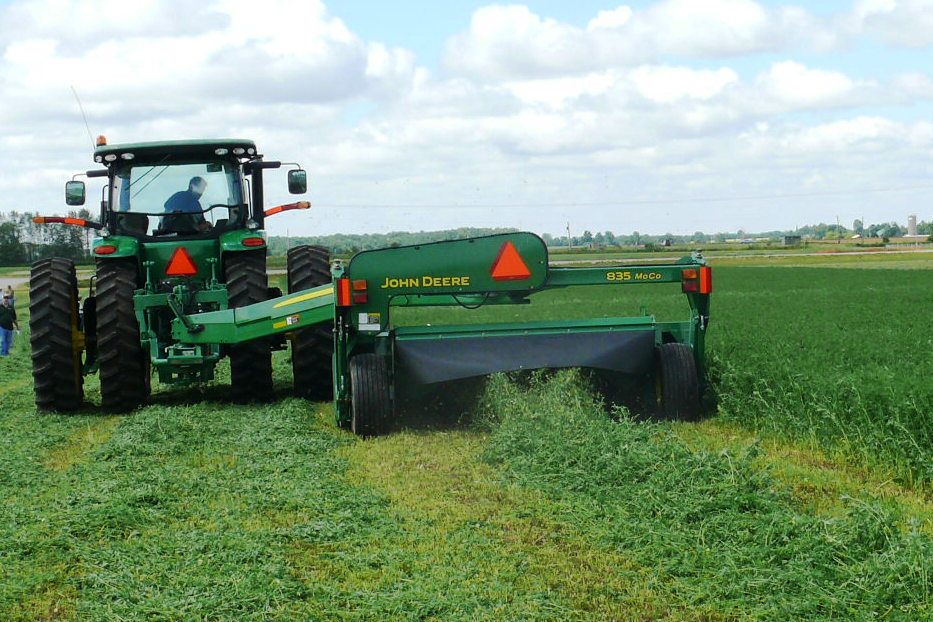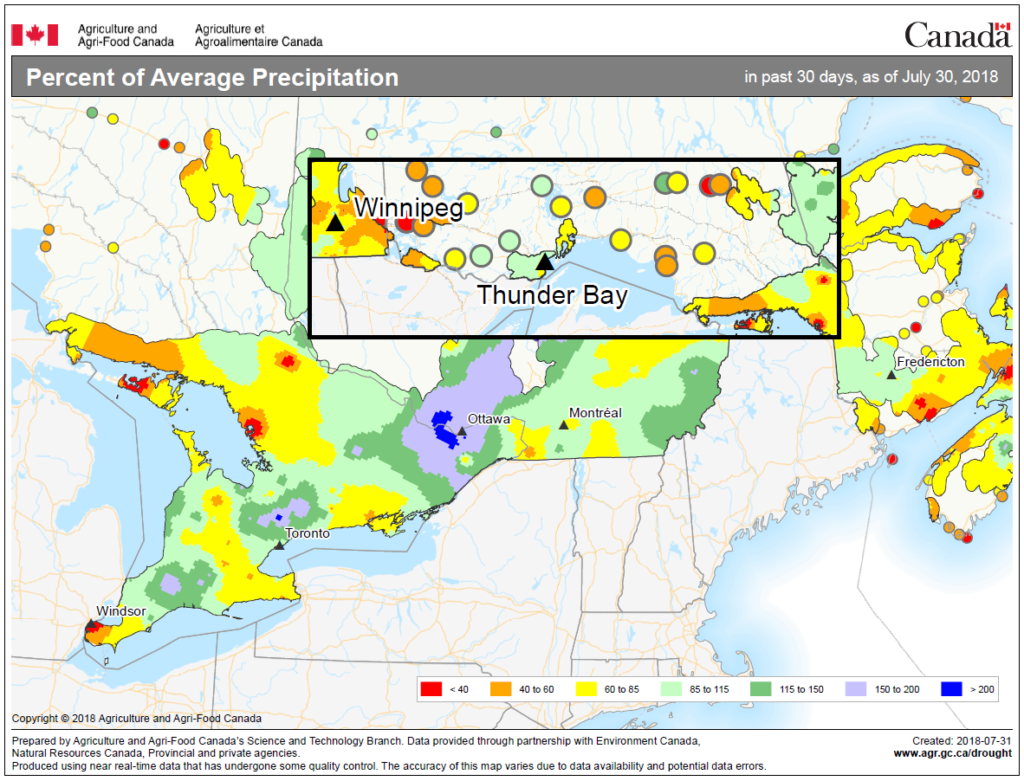August 2019 Forage Report

Save the date! Forage Focus 2019 will be held December 5th 9:30 am – 3:30 pm EST at the Stratford Rotary Complex. Registration will open soon. Ontario Forage Council is looking for remote location hosts to receive the live stream in northern and eastern Ontario. If interested in hosting, contact Patricia Ellingwood at 1-877-892-8663. The OntarioHayListings.ca website […]
